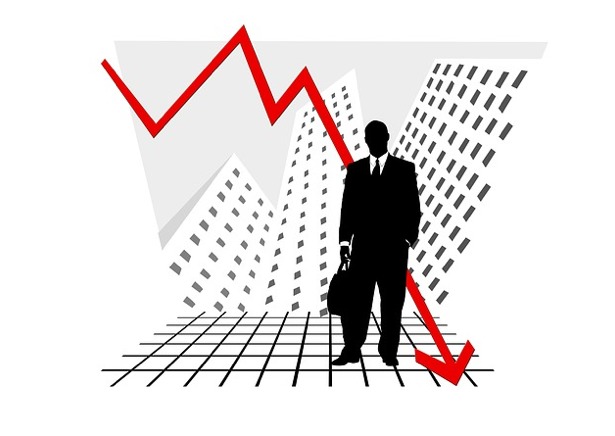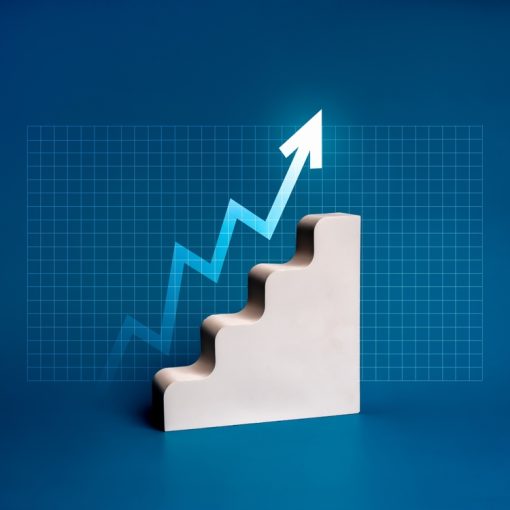The U.S. stock market declines since mid-September have been blamed on everything from the Ebola outbreak to the global bust in oil prices.
A far bigger drag may be the recent drop-off in company stock buybacks.

Dialing back
One of the big mysteries behind the bull market that kicked off in March of 2009 is how stock prices have powered higher and higher without the mainstay support of retail investors.
Turns out companies with cash in their coffers have chosen to return the money to shareholders with stock repurchases and dividend payments.
When the market would dip over the last five years, companies would swoop in and repurchase their own shares to give their stock a pop or make their earnings per share ratios look more favorable.
Now, there’s some evidence that pattern may be breaking down.
In October so far, only $1.7 billion in stock repurchases were announced or completed, according to Thomson Reuters data, compared with about $250 billion during the first nine months of the year.
True, there may be short term factors at work. Corporate stock buybacks tend to fall off ahead of earnings season.
$2.4 trillion
However, if the buybacks don’t come storming back in November and December when stocks are off their 2014 highs, that could be a very troubling omen.
Some analysts have argued that the corporate fixation with buybacks is a bad thing.
The trend has artificially propped up the market, discouraged CEOs from reinvesting in new and job-creating ventures and may have even contributed to widening U.S. income inequality.
William Lazonick, a professor of economics at the University of Massachusetts Lowell, writing in the Harvard Business Review, notes that from 2003 through 2012 some 449 companies in the S&P 500 index devoted 54% of their earnings ($2.4 trillion in all) to buy back their own stock.
On top of that, dividends accounted for an additional 37% of their earnings.
That $2.4 trillion could have been spent on new factories and businesses that might have increased jobs and wages, Lazonick argues.
Conflict
He also sees a potential conflict-of-interest between the gorging on stock repurchases and senior executive pay packages.
“Stock-based instruments make up the majority of their pay, and in the short term buybacks drive up stock prices. In 2012 the 500 highest-paid executives named in proxy statements of U.S. public companies received, on average, $30.3 million each; 42% of their compensation came from stock options and 41% from stock awards.”
Big Blues
One of the biggest corporate stock buyback spenders over the last decade has been International Business Machines Corp. (IBM).
In recent years, Big Blue has struggled adjusting to the new era of cloud-based services which has hit its mainstay server and technology consulting and services businesses.
The company just reported its 10th consecutive quarter of flat or declining sales, gave up a long-time earnings target and hinted it may back its gargantuan stock repurchase program that has supported its stock price in recent years.
What’s surprising is that the frenzy of corporate stock buybacks (S&P 500 companies bought $500 billion of their own shares in 2013) has come during a period of sluggish investment, even despite historically low interest rates.
No question, the trend has been a great adrenaline jolt for the stock market.
Whether it has been a good use of corporate cash and beneficial to the overall economy is far less clear.
DISCLAIMER: The investments discussed are held in client accounts as of September 31, 2014. These investments may or may not be currently held in client accounts. The reader should not assume that any investments identified were or will be profitable or that any investment recommendations or investment decisions we make in the future will be profitable. Dividends reflect past performance and there is no guarantee they will continue to be paid. Share buyback programs are typically temporary and should not be relied upon in the long term.Past performance is no guarantee of future results.




